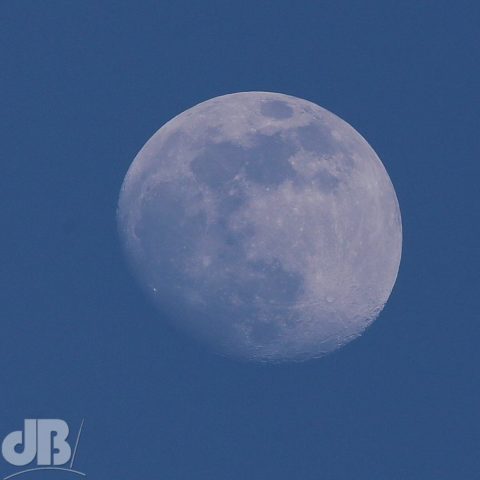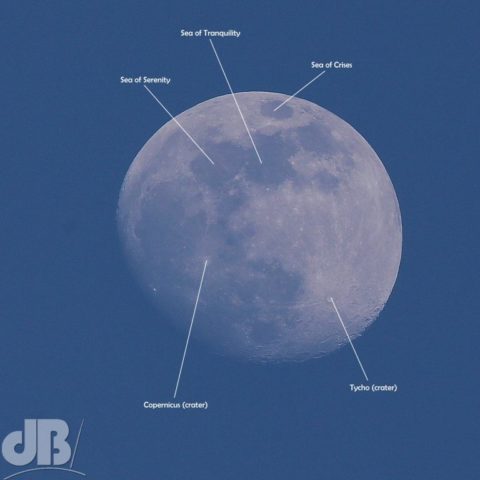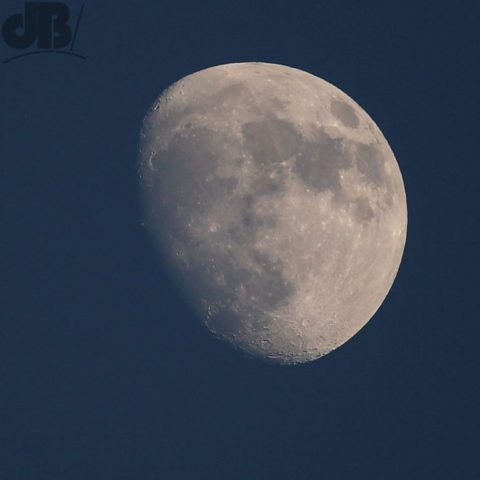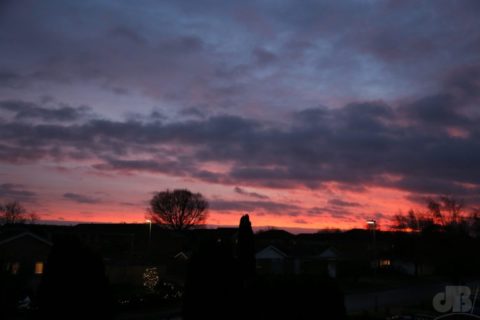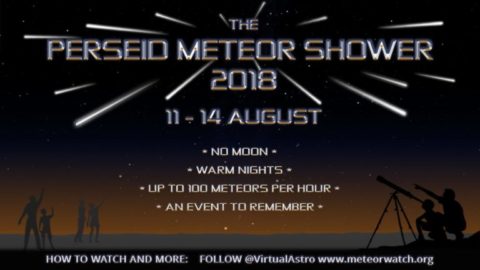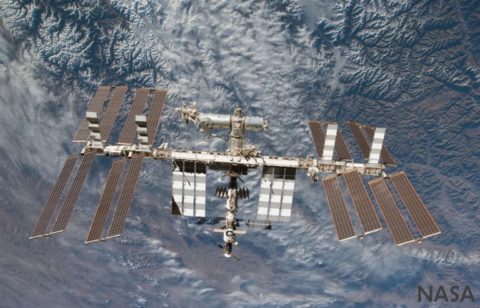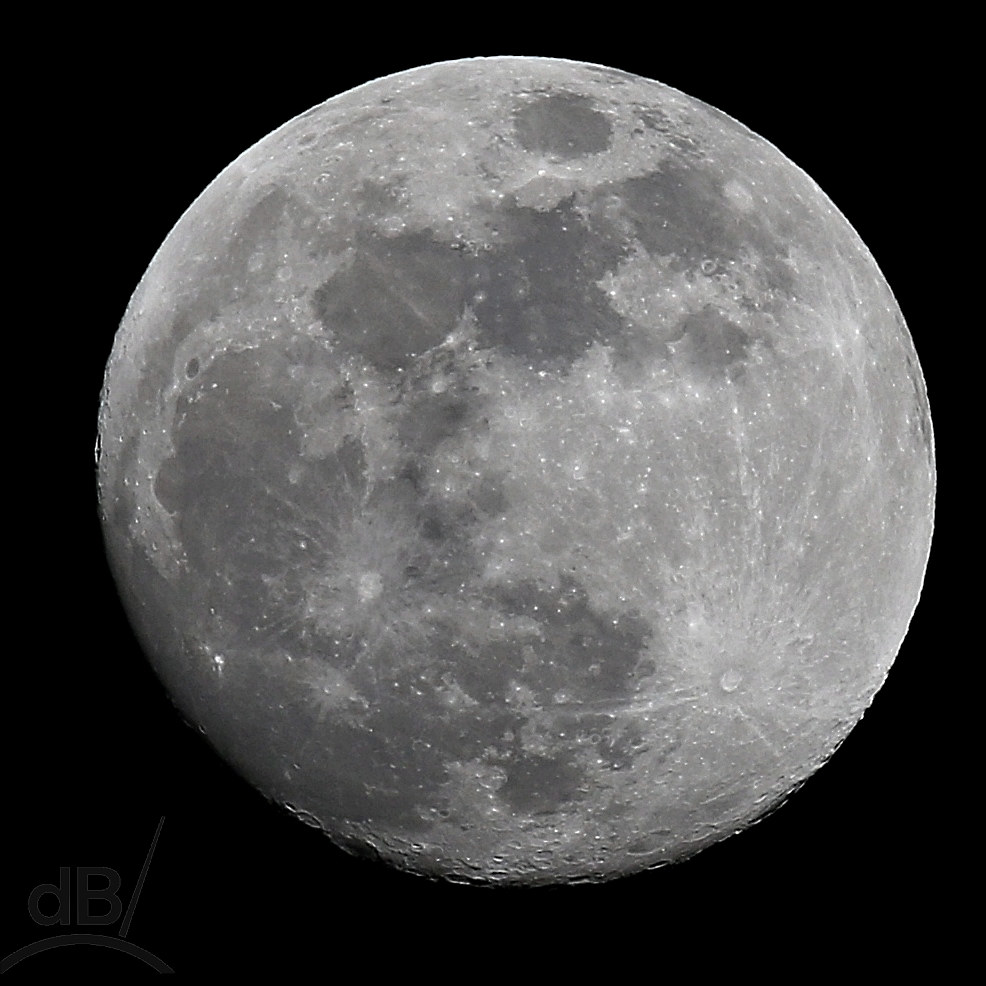TL:DR – My sorry attempts at photographing Saturn and Jupiter in 2018.
I love the late light of midsummer, the long, drawn out sunsets, the dying embers as our star ducks below the horizon, the afterglow, the gradual emergence of the stars and planets. Jupiter and Venus in opposite skies last night. Venus lamenting the Sun’s demise and hugging the sun North Western sky as we approach the solstice. Jupiter higher and dominant in the South. The asterisms we know as the Northern Cross and The Plough way above.
I was pondering life, the universe, and everything when it occurred to me that there was no moon last night. So, I grabbed my Canon dSLR and Sigma 150-600mm zoom lens in the hopes of snatching a glimpse of Jupiter’s moons, the four Galilean moons to be specific. I’ve tried before with this camera setup and got something bearable, but although I could see Jupiter was very much not simply a stellar pinprick in the frame, the moons did not show up in this frame.
Perhaps, they’re eclipsed right now, hiding behind their giant gaseous parent, or maybe it was more about camera settings. It was too late in the evening after a day with a heavy workload to hunker down with tripod and remote shutter to get a longer exposure. Anyway, here’s a crop of the best of a handful of Jovial shots.
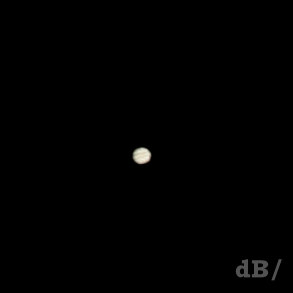
In the above shot, you can just about see the striations that band Jupiter, although you obviously cannot discern its Red Spot (which apparently has shrunk in size since I first read a stars and planets book as a child in the early 1970s). Settings were: Handheld with two-stop image stabilisation, full-frame camera, 600mm zoom, f/5.6, t 1/1500s, ISO 12800.
The shot was good enough to inspire me to turn my attention to Saturn, but I needed to find it in the night sky first. A quick look at a sky map revealed it was above the horizon in the Southern sky some way East of Jupiter and much lower. Spotted from “down the street”, a fairly orangey, diffuse-looking star. I didn’t feel like setting up the tripod (moreover the street lamps were going to spoil the view with their brightness, anyway. I didn’t have high hopes. I used the same camera settings, and was really surprised with what came out of the camera. Obviously, the photo is cropped, but you can clearly see Saturn’s rings in this shot.
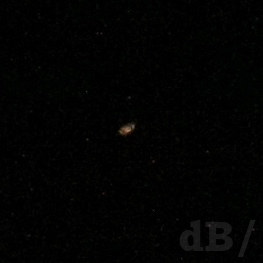
I posted this photo to some acclaim on Facebook a few moments after snapping it and one commenter suggested they might buy a similar 600mm lens. I should point out that there’s a Tamron equivalent of the Sigma I use. Reviews say it is marginally better. That said, if you calibrate the Sigma to your specific camera you can adjust back/foreward focusing and improve clarity somewhat, I discussed this on the blog last year; you should calibrate all your lenses to your camera(s). If you don’t want to go to the expense of a full-blown astro kit (telescope and dSLR adapter), I reckon it would be worth buying the associated 1.4x multiplier for the Sigma or Tamron.
